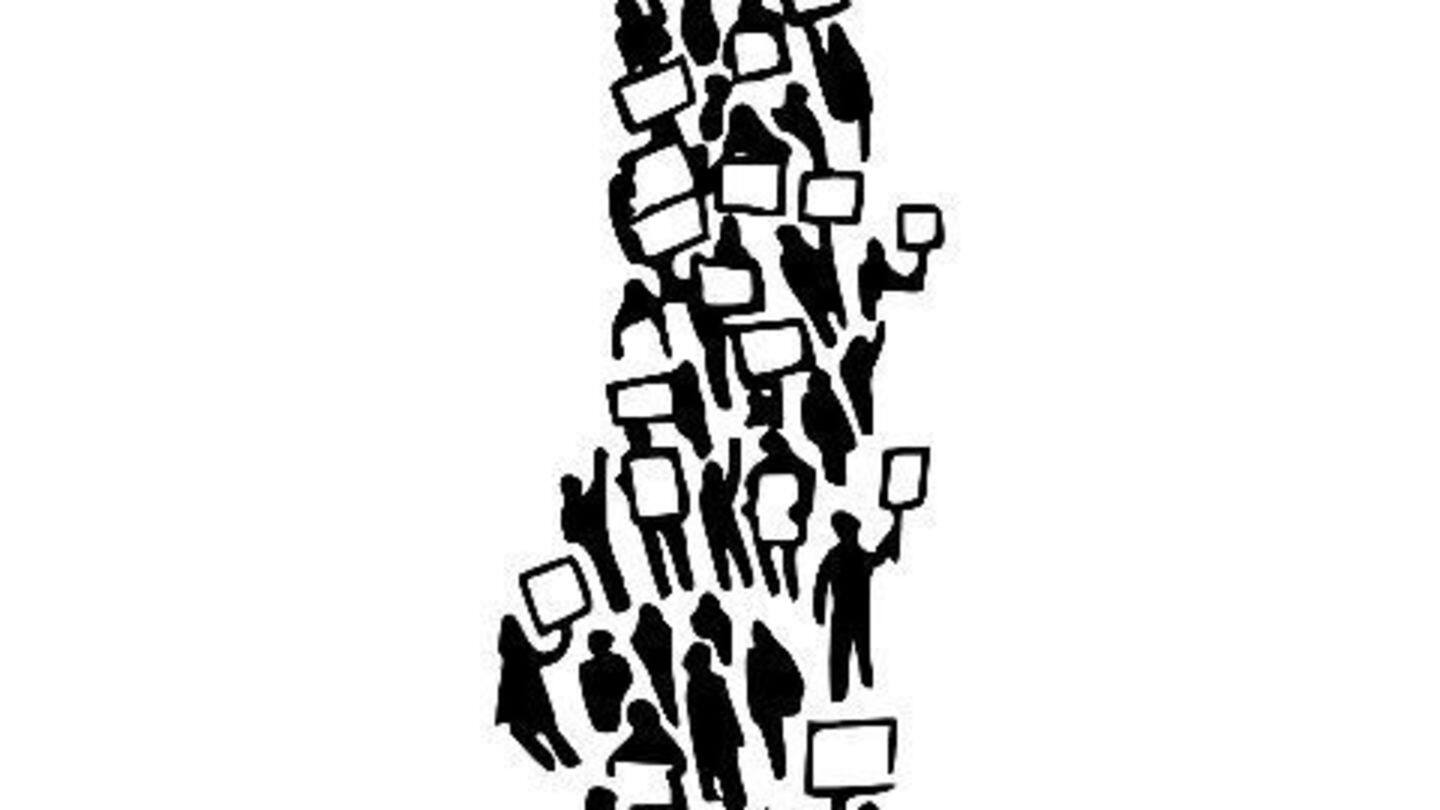
Afghanistan: Hazara protests put Kabul on lockdown
What's the story
Thousands of ethnic Hazaras marched through the streets calling on the government to reroute a power line. Most of the city's shops were shuttered and armed police units took up positions around the city. Amid concerns that the protest could turn violent, roads leading into central Kabul's commercial district were blocked. An earlier protest following the beheading of Hazaras by insurgents had turned violent.
Definition
Who are the Hazaras?
The Hazaras are residents of an isolated region in Afghanistan's central highlands known as Hazarajat. Accounting for up to one-fifth of Afghanistan's population, Hazaras have long been branded as outsiders. They are Shia Muslims in an overwhelmingly Sunni Muslim country.
Persecution
Hazaras: The poor and persecuted
Hazaras account for up to 15 percent of Afghanistan's population and are the poorest and often complain of discrimination. The three million-strong Afghan Hazara community has been persecuted for decades, with thousands killed in the late 1990s by Al-Qaeda and the mainly Pashtun Sunni Taliban. In November, thousands of protesters marched coffins containing the decapitated bodies of seven Shiite Hazaras through Kabul.
Why?
Why are the Hazaras protesting?
The planned multimillion-dollar regional electricity line, TUTAP proposes to connect the energy-rich Central Asian nations of Turkmenistan, Uzbekistan and Tajikistan with Afghanistan and Pakistan, helping the electricity-starved regions. The line was originally set to pass through Bamiyan province (which houses majority of Hazara population) but the government decided to reroute it in 2013 saying shorter route will expedite the process and save massive costs.
Ashraf Ghani
President under immense pressure
The backing of other ethnic groups for the protest highlighted the political crisis Afghanistan is facing. President Ashraf Ghani became increasingly isolated amid a stalled economy, rising unemployment, and an escalating insurgency now in its 15th year. Since taking office in 2014, Mr. Ghani has made little progress in keeping promises to bring peace and prosperity to the country.
Personal
Majority of Afghanistan is powerless
According to the World Bank, almost 75 percent of Afghanistan's power is imported and less than 40 percent of the population is connected to power lines.